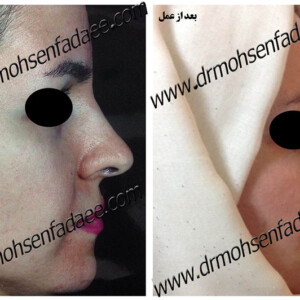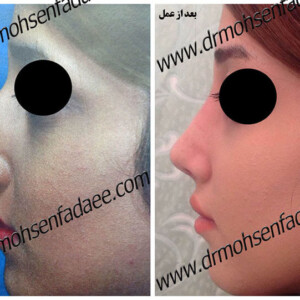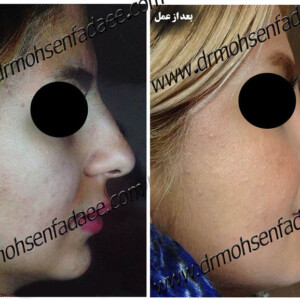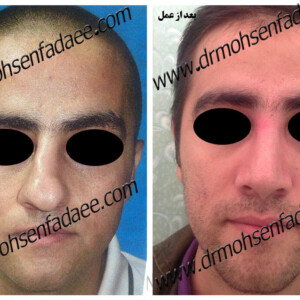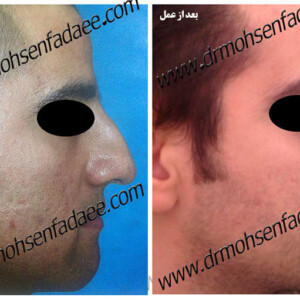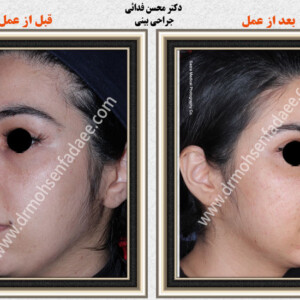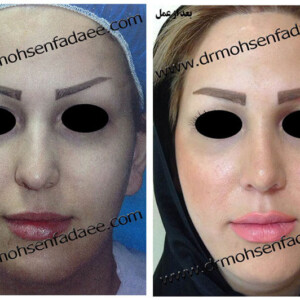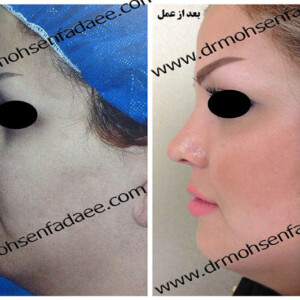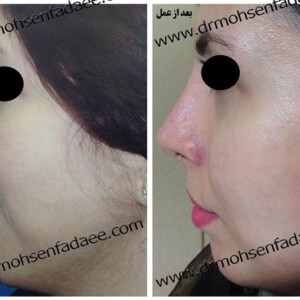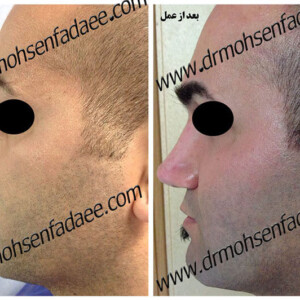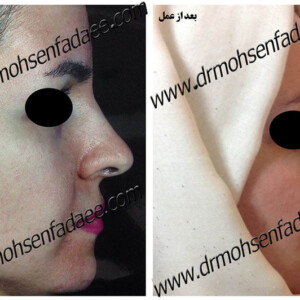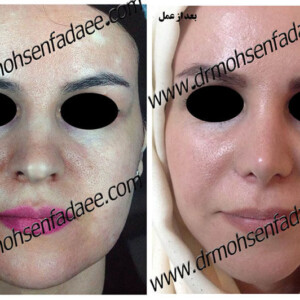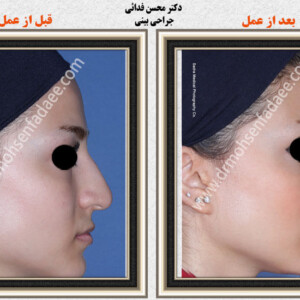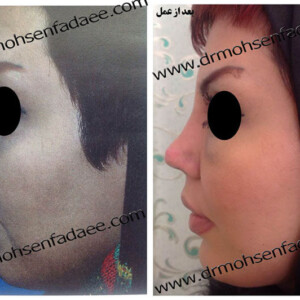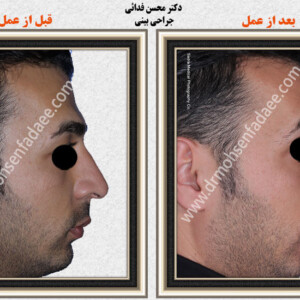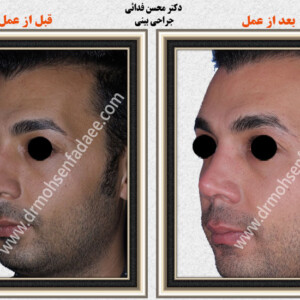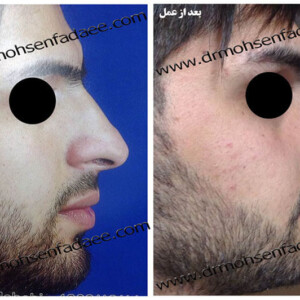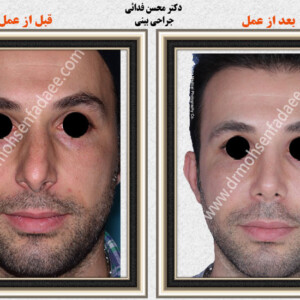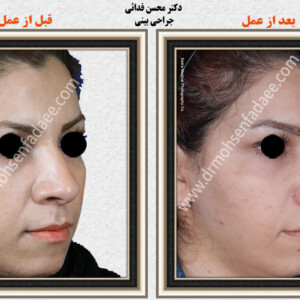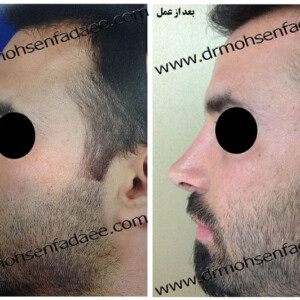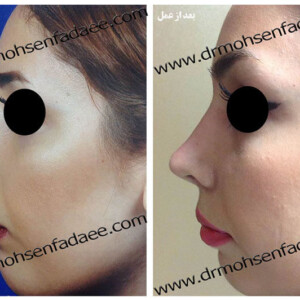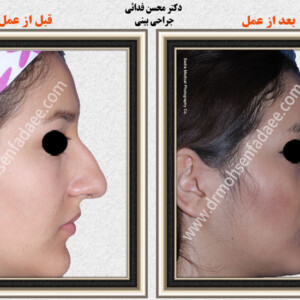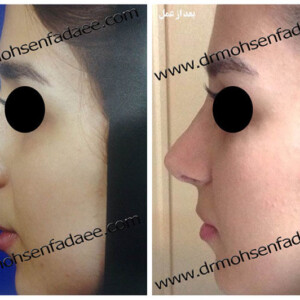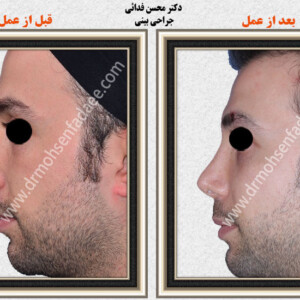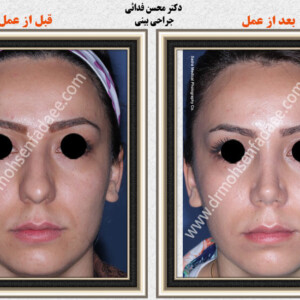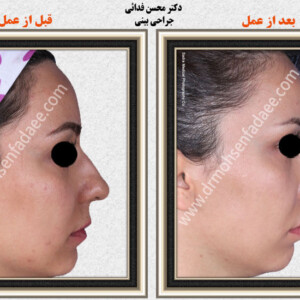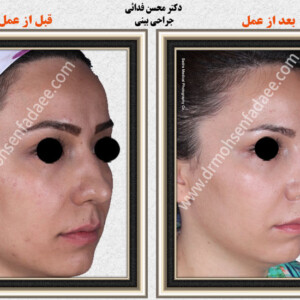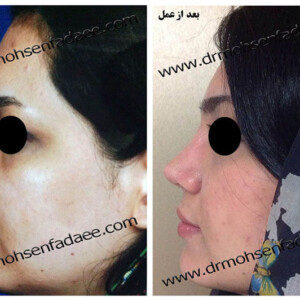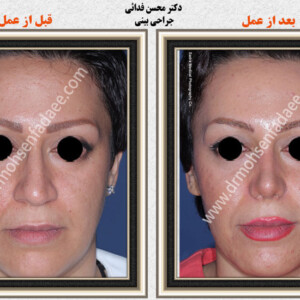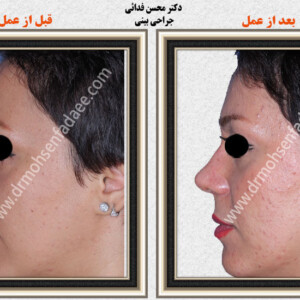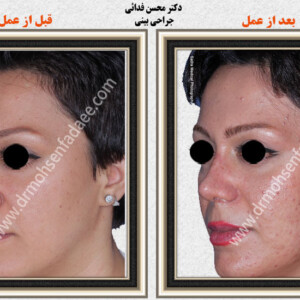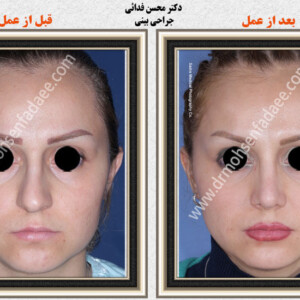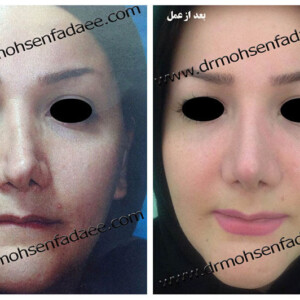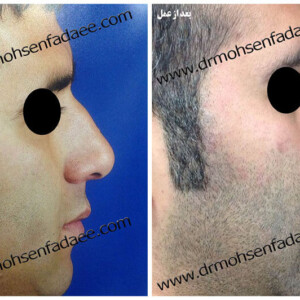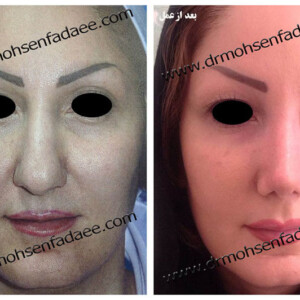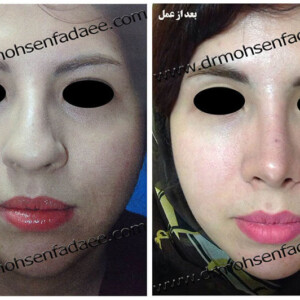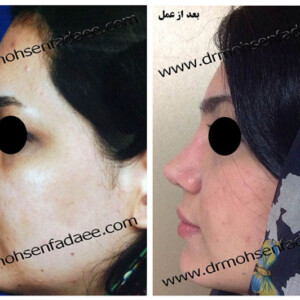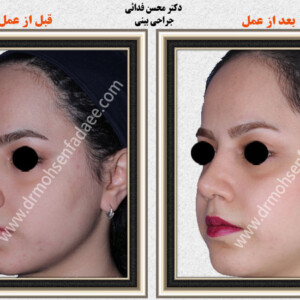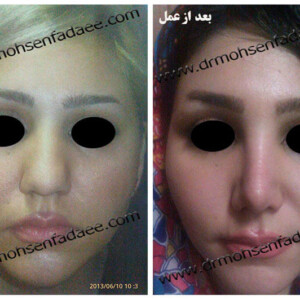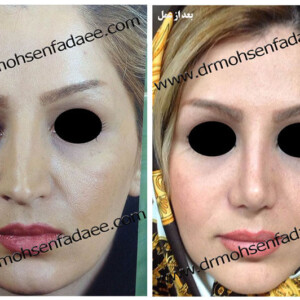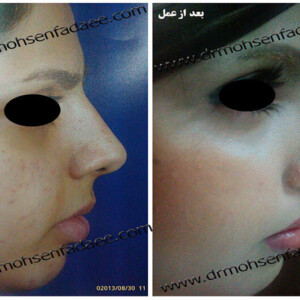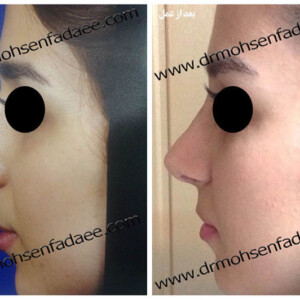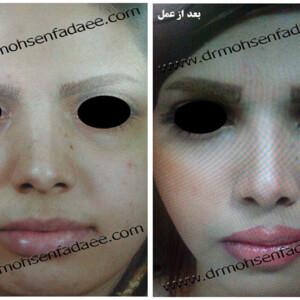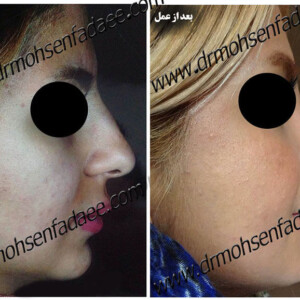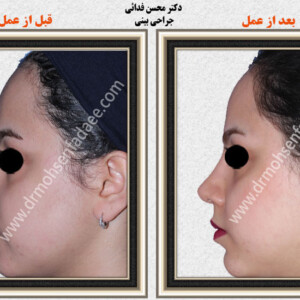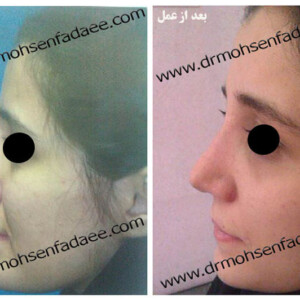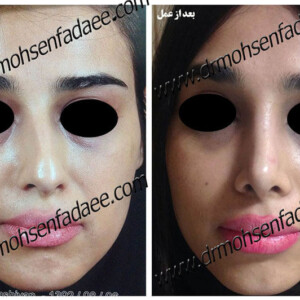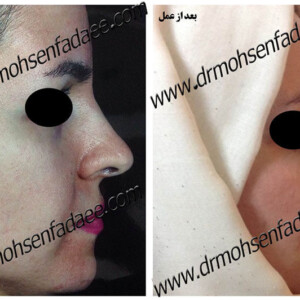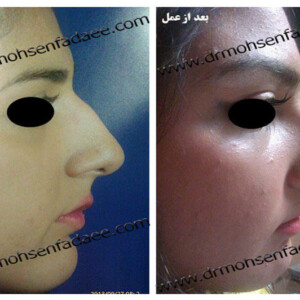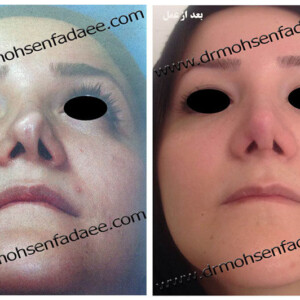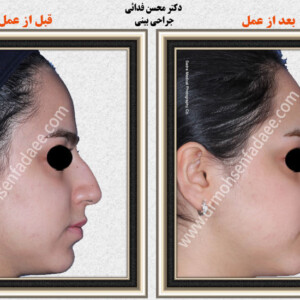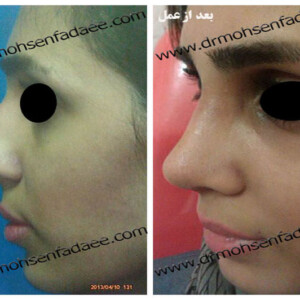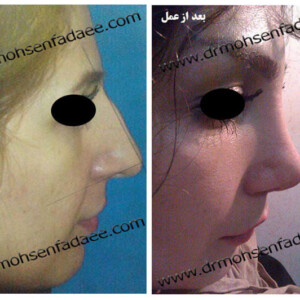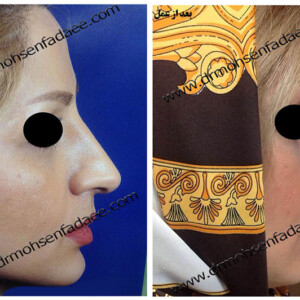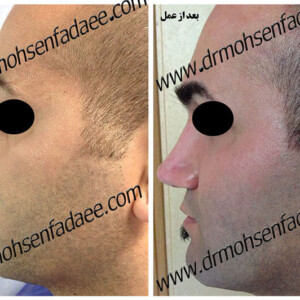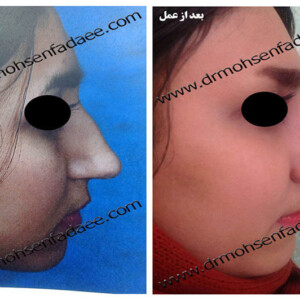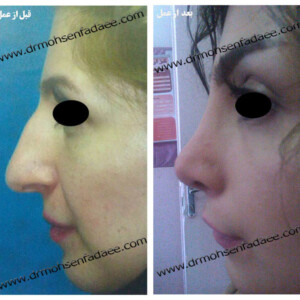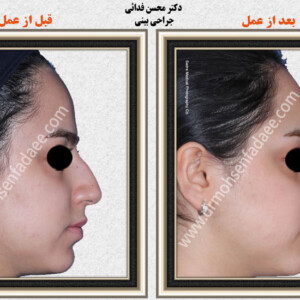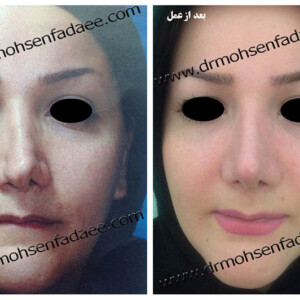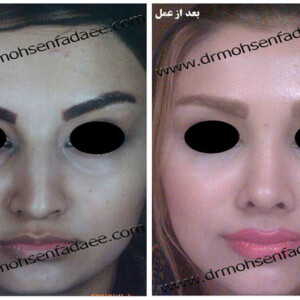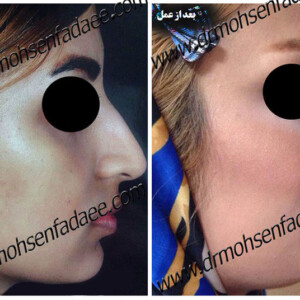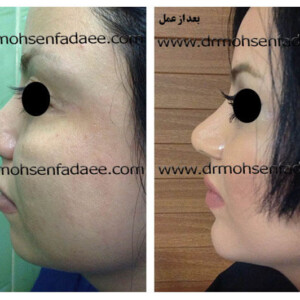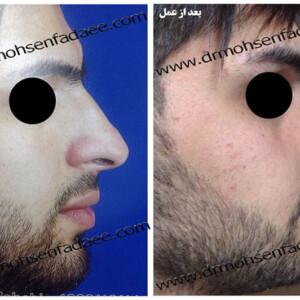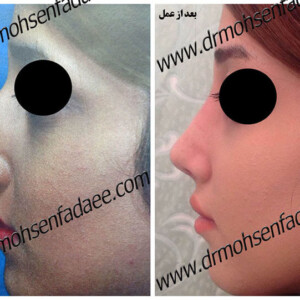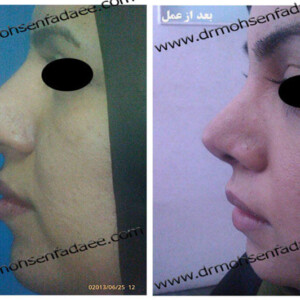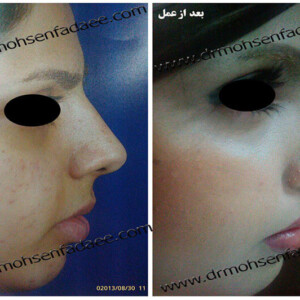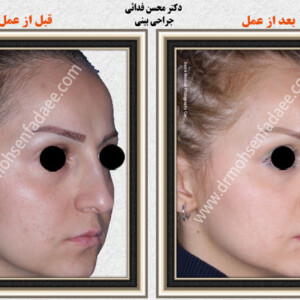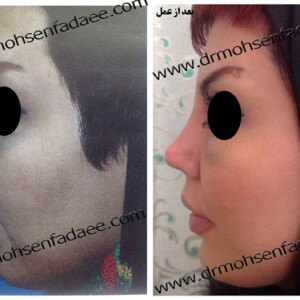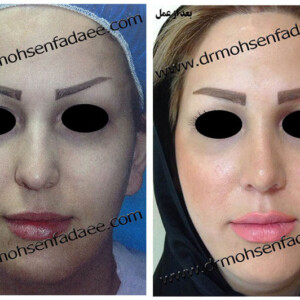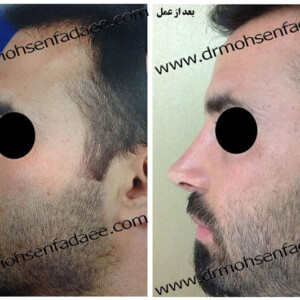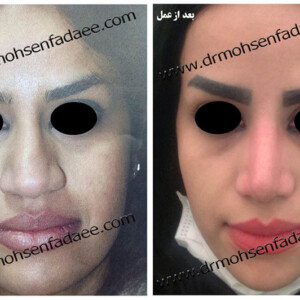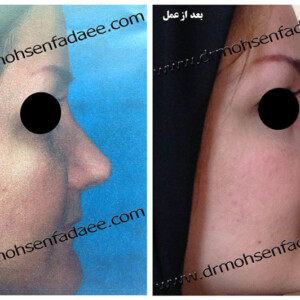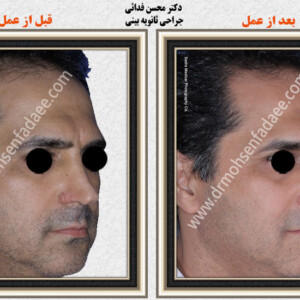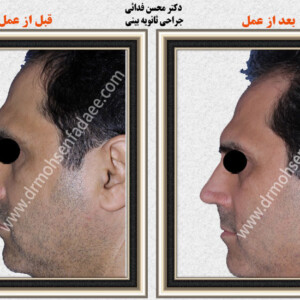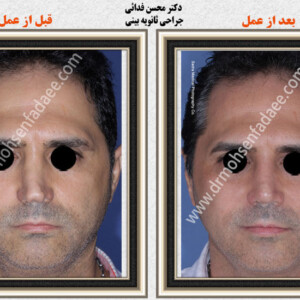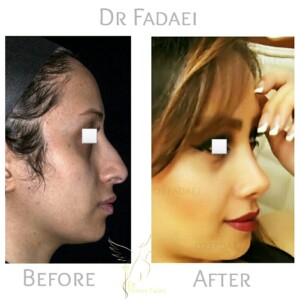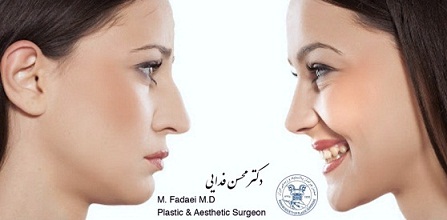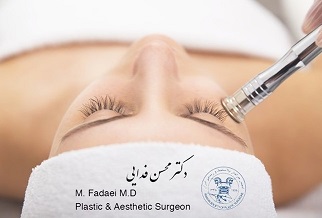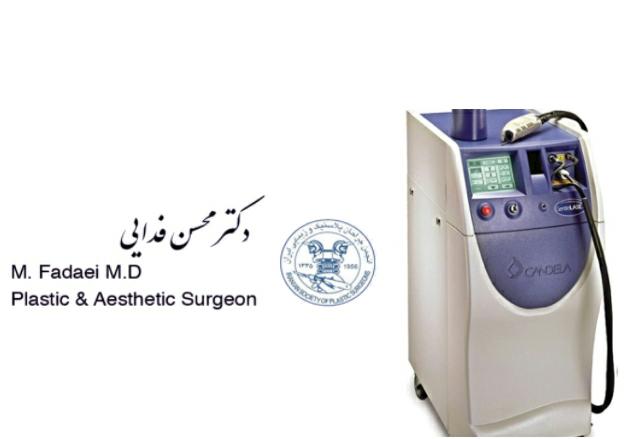Rhinoplasty is the most frequently seen type of plastic surgery intervention and the most commonly seen type of facial plastic surgery practices today.
Many people are under the impression that rhinoplasty is a rather minor cosmetic surgery. However, in reality, rhinoplasty is an intricate procedure, involving delicate nuances which can dramatically impact the overall facial balance.
A number of surgical techniques are available today to reshape the nose, but the overall steps in the procedure largely remain unchanged. Patients often feel more confident about the procedure when they have a clear idea of what it will involve.
Not all rhinoplasty is done for cosmetic reasons; rhinoplasty can fix structural anomalies. With rhinoplasty, bone deviations and polyp growth in the nose causing nasal congestion and difficulty breathing and obstructions causing snoring can also be corrected.
Rhinoplasty (plastic surgery) can be done to achieve cosmetic goals, done for reconstructive purposes to fix trauma, birth defects or breathing problems (reconstructive surgery) or for a combination of these.
Rhinoplasty surgery includes the following steps:
Step 1 – Anesthesia
Medications are administered for your comfort during the surgical procedure. The choices include intravenous sedation or general anesthesia. Your doctor will recommend the best choice for you.
Step 2 – The incision
Rhinoplasty is performed either using a closed procedure, where incisions are hidden inside the nose, or an open procedure, where an incision is made across the columella, the narrow strip of tissue that separates the nostrils.
Through these incisions, the skin that covers the nasal bones and cartilages is gently raised, allowing access to reshape the structure of the nose.
Step 3 – Reshaping the nose structure
An overly large nose may be reduced by removing bone or cartilage. Sometimes surgery of the nose may require the addition of cartilage grafts.
Most commonly, cartilage from the septum, the partition in the middle of the nose, is used for this purpose. Occasionally cartilage from the ear or rarely a section of rib cartilage can be used.
Step 4 – Correcting a deviated septum
If the septum is deviated, it can be straightened and the projections inside the nose reduced to improve breathing.
Step 5 – Closing the incision
Once the underlying structure of the nose is sculpted to the desired shape, nasal skin and tissue is redraped and incisions are closed.
Additional incisions may be placed in the natural creases of the nostrils to alter their size.
Step 6 – See the results
For a few days, splints and gauze packing may support the nose as it begins to heal.



